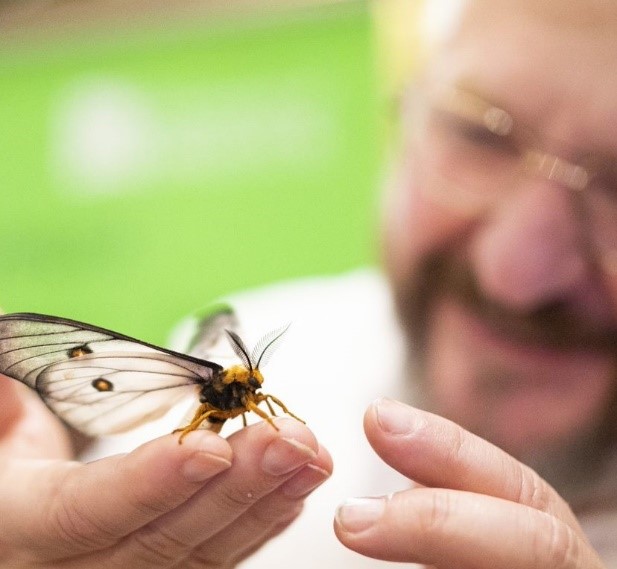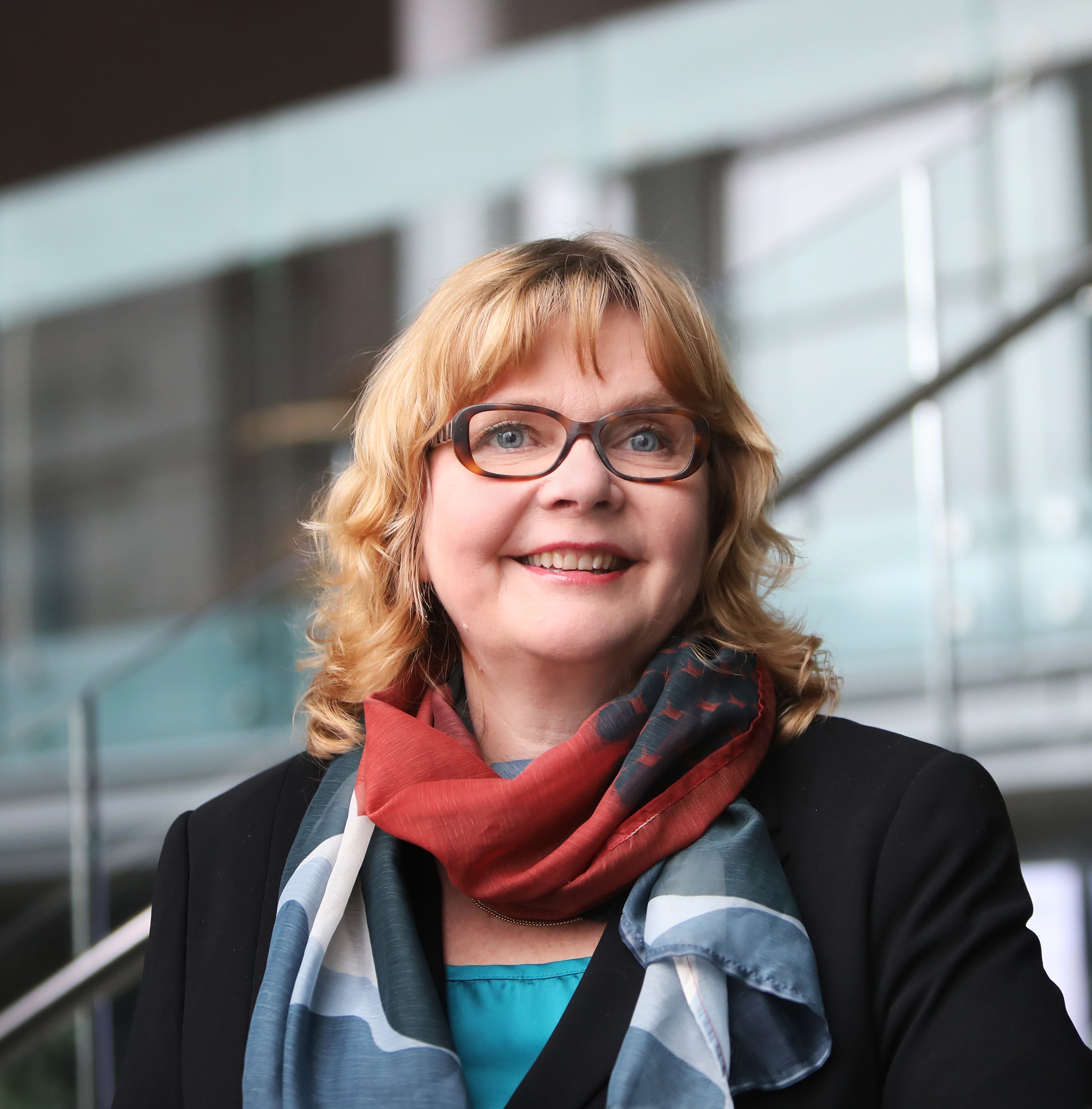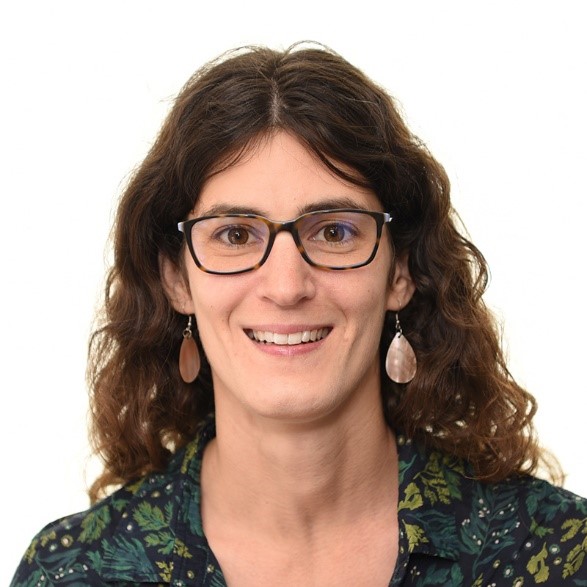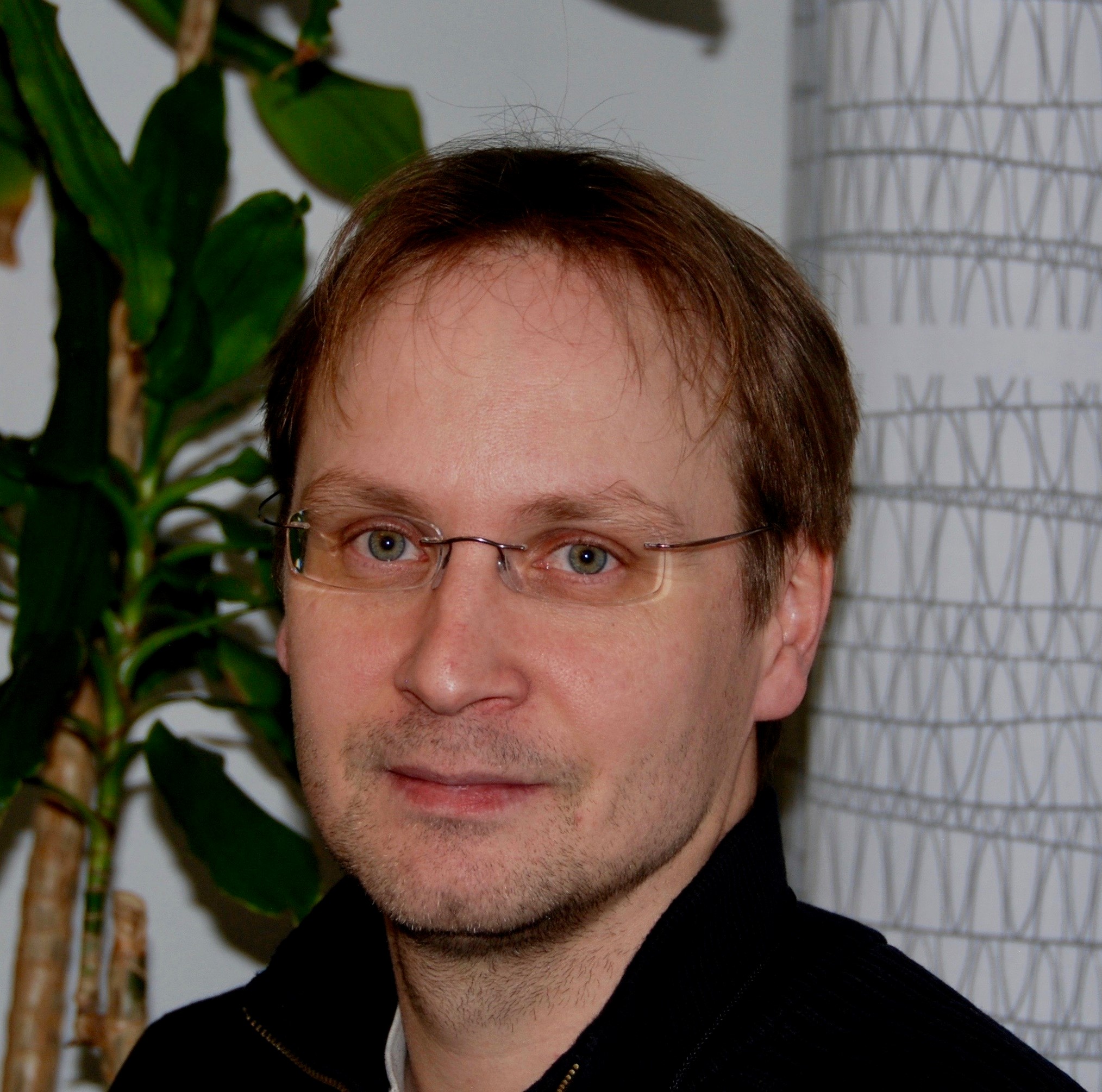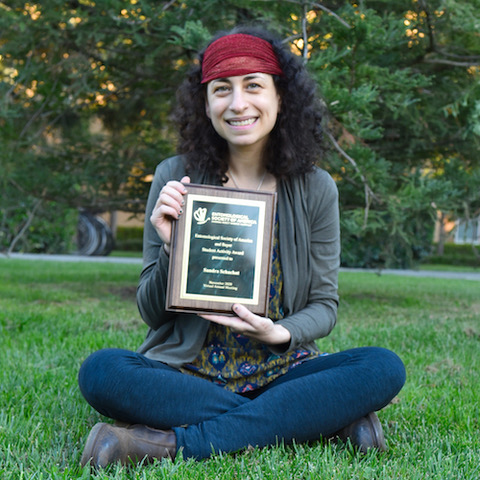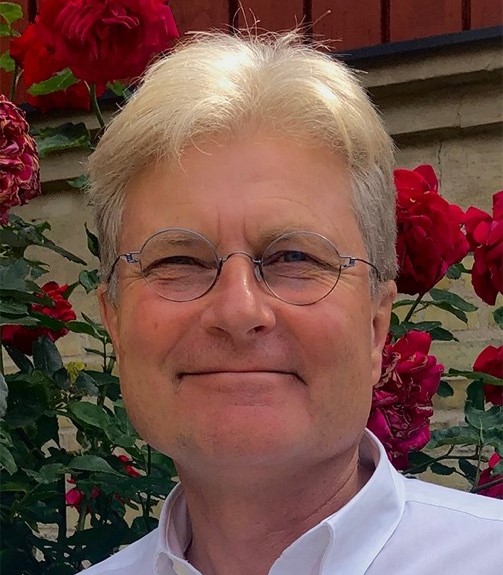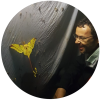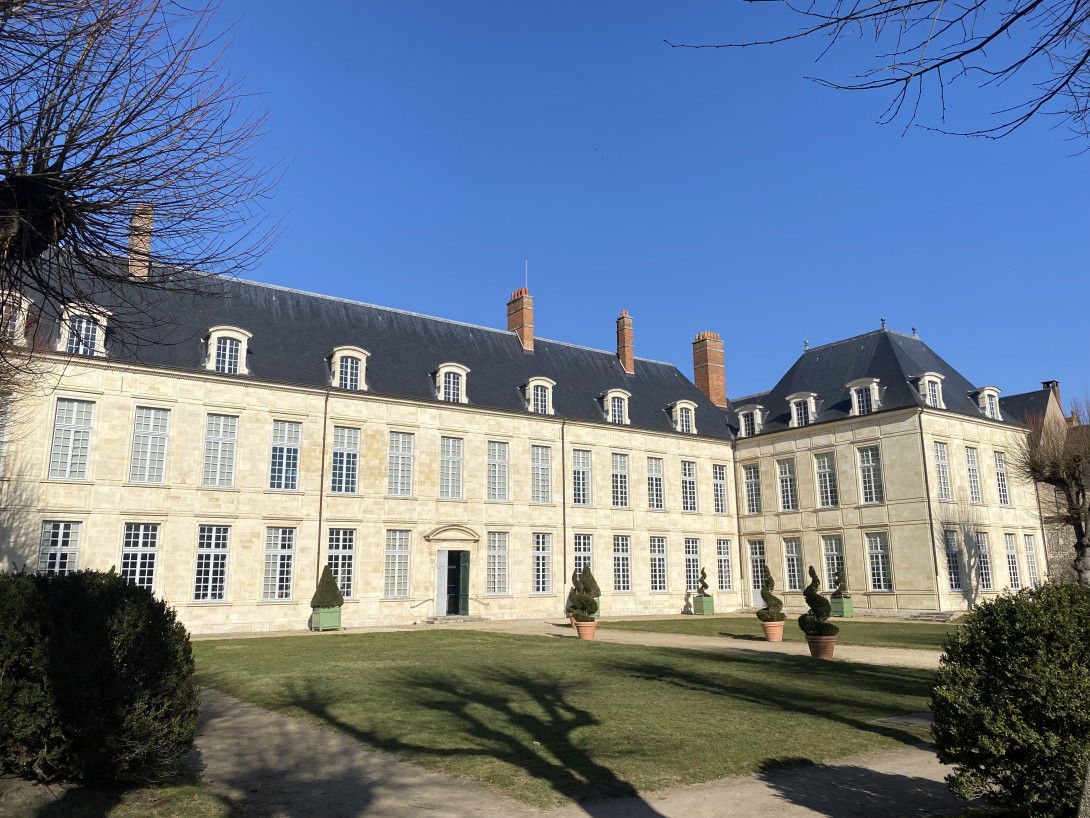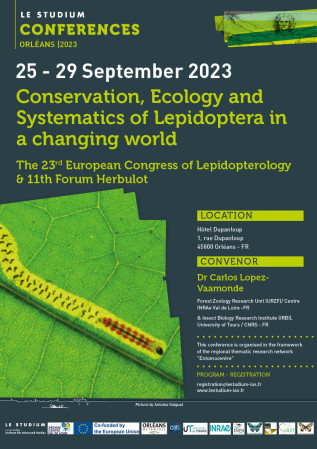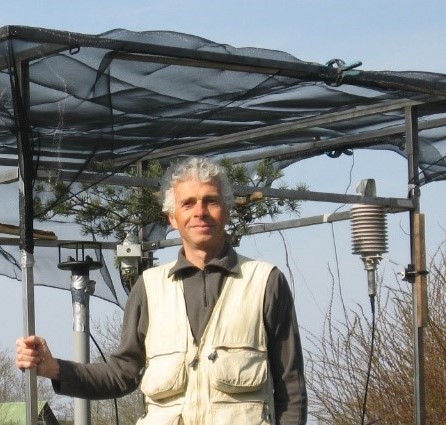
Address: Agripolis, Legnaro
Professor of entomology at the University of Padova, Department DAFNAE. His research activity addresses topics of forest entomology and insect ecology, with special emphasis on the effect of climate change on the insect populations. He’s also developing innovative techniques for the study and the control of insect pests. He coordinates a research group involved in several national and international research projects. Processionary moths are the most studied group of insects and several aspects of the ecology and evolution of the group were addressed in more than 40 years of studies in Europe, Africa, Asia and Australia.
Ecology and evolution of processionary moths
Processionary moths belong to a group of insect herbivores well known since the ancient Greek and Roman times for their association with the host plants, their particular behaviour, and their urticating and envenomation ability. A few species of processionary moths are plant pests in Africa, Asia, Australia and Europe. All species are protected against vertebrate predators by urticating setae either as larvae or adults and these setae may threaten animal and human health. Three major clades can be identified: i. Australian, with 29 species; ii. African, with 39 species; and iii. Eurasian-African, with 26 species. A molecular phylogeny of the European species supports the hypothesis that they should be treated as members of a single genus, Thaumetopoea. The ancestor originated in the eastern Mediterranean area and used broadleaved host plants. Subsequently, a switch to conifers occurred, just once, in a large subclade. The ancestor pupated in the soil, like several current species, but in a few taxa this trait was lost, together with the related morphological adaptations. The pine processionary moth, Thaumetopoea pityocampa (Denis and Schiffermüller), is an iconic insect in the Mediterranean culture because of its economic and medical importance and the unique traits of the life history, namely the winter feeding and the construction of conspicuous silk tents by the larvae. Its taxonomic status, however, is unclear because the type material is not available and several species and subspecies have been described in the last centuries. molecular information is reliable to separate species in most cases whereas morphology is not. In addition, hybridization among taxa makes it difficult to delimit species in contact zones when mating barriers are not present.
Keywords: Notodontidae, Thaumetopoea, sociality, urtication, delimitation


